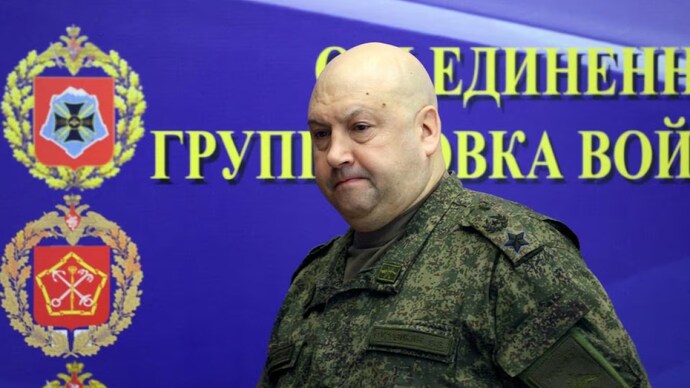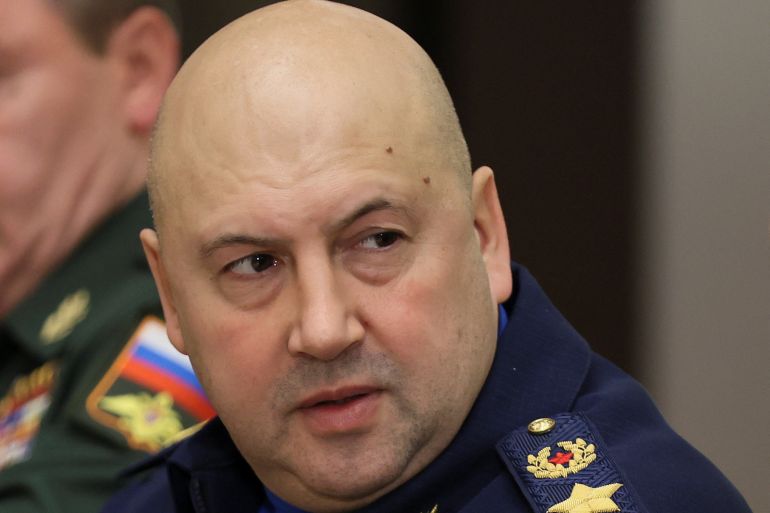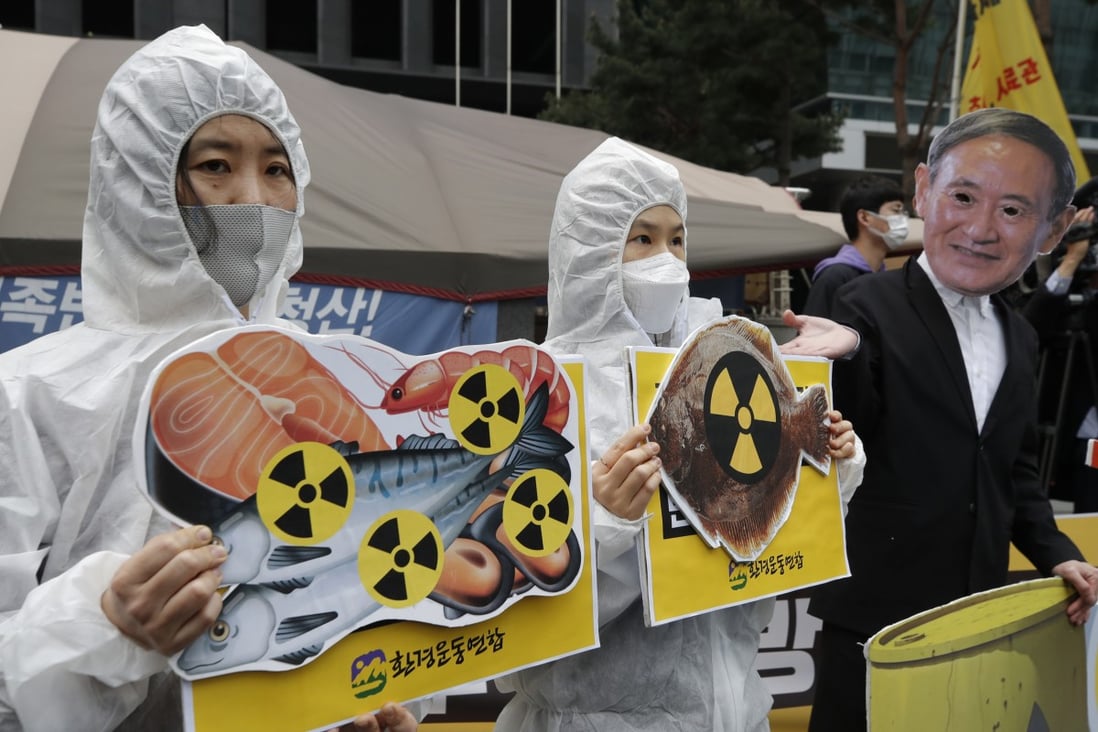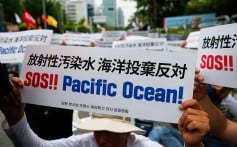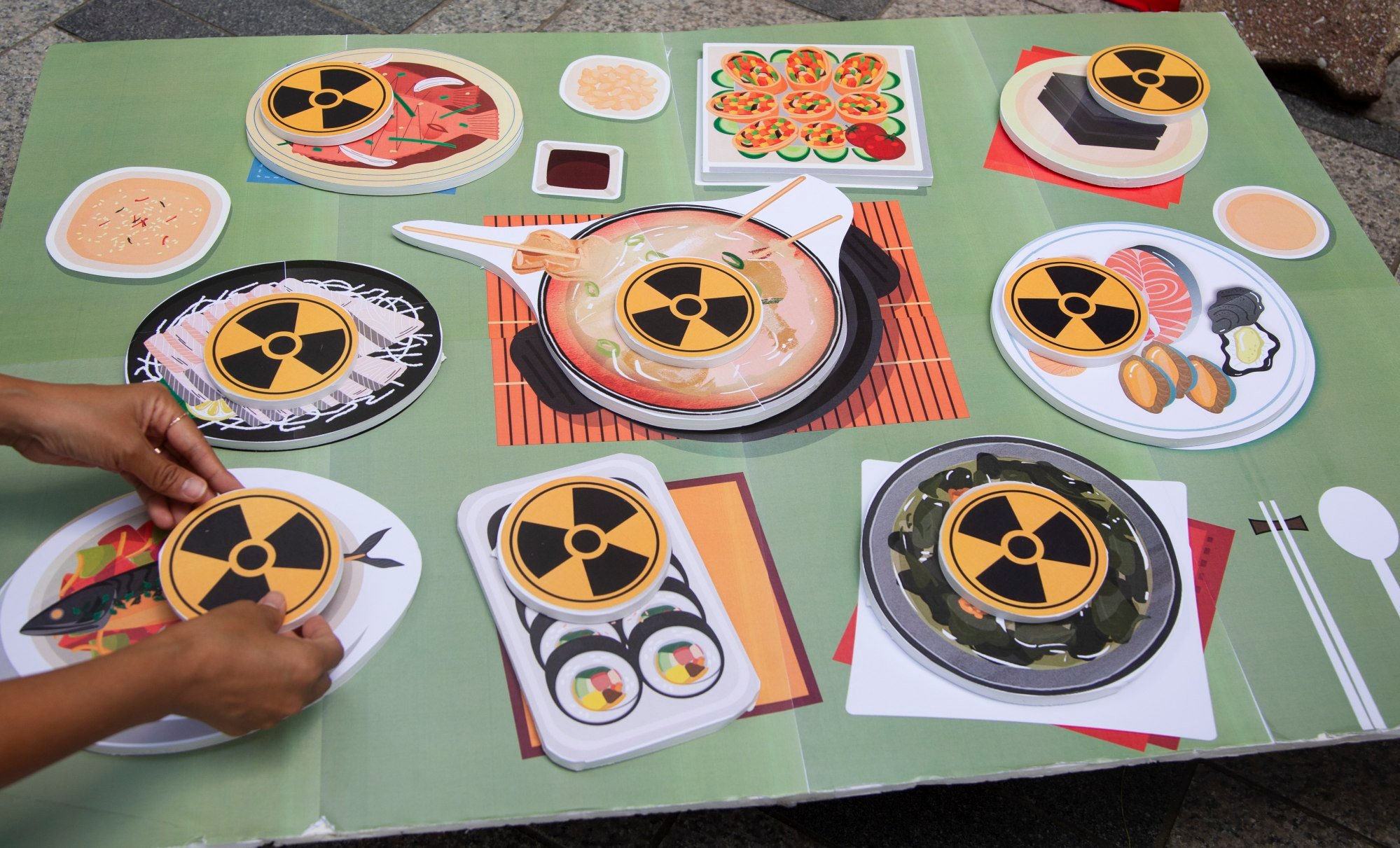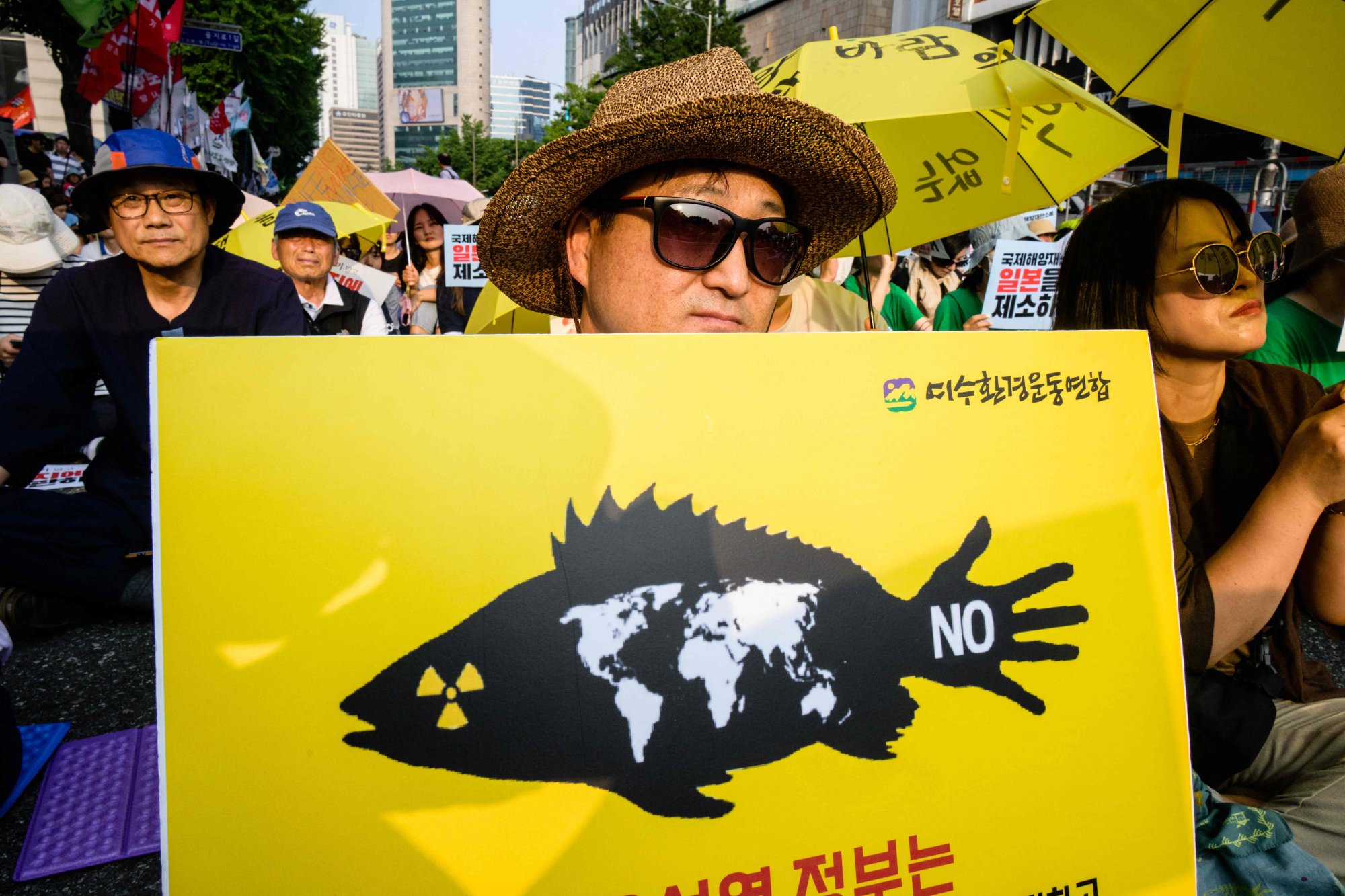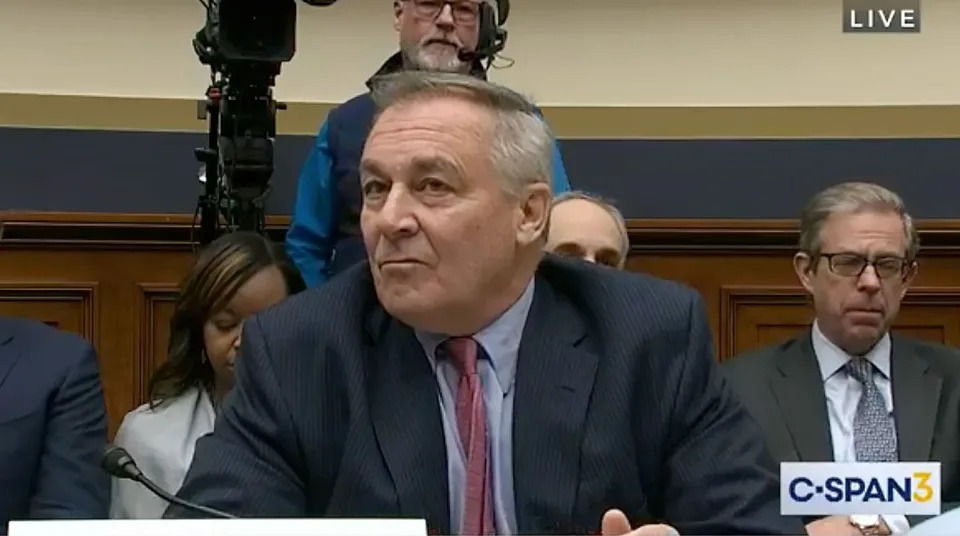JUNE 28, 2023 / CBS NEWS
Four-and-a-half years after an initial sub-orbital test flight, Richard Branson's Virgin Galactic is finally ready to begin commercial operations with the launch Thursday of a six-man crew, including three Italian researchers, on an up-and-down flight to the edge of space aboard the company's winged spaceplane.
"We're launching The Spaceline for Earth with #Galactic01, our first scientific research mission!" Virgin tweeted. The crew will "conduct more than a dozen experiments in space, which will examine how microgravity affects the human body and other materials."
The flight was chartered by the Italian government and does not include any wealthy "space tourists." It comes just 10 days after a commercial submersibile imploded in the Atlantic Ocean during descent to the wreck of the Titanic. The submersible's five passengers were killed.
What effect, if any, the Titan submersible mishap might have on the commercial space tourism market is not yet known, but it highlights the risk inherent in such extreme adventures.
Blue Origin, owned by Amazon founder Jeff Bezos, already offers commercial sub-orbital flights aboard its New Shepard spacecraft and Virgin plans a steady stream of similar flights following Thursday's mission.

Thursday's flight, taking off from Spaceport America near the White Sands Missile Range in New Mexico, will be Virgin's sixth piloted sub-orbital mission and its first carrying paying passengers.
The company recently completed a lengthy upgrade of its twin-fuselage VMS Eve carrier jet, launching a successful space flight on May 25 — its first in two years — with six company employees on board.
The flight plan for Thursday's launch calls for the Eve carrier jet to lift VSS Unity to an altitude of around 45,000 feet. Seconds after release from Eve's wing, the spacecraft's hybrid rocket engine will ignite, propelling the ship up and out of the dense lower atmosphere.
At the controls will be veteran Virgin pilot Mike Masucci, making his fourth flight, and co-pilot Nicola Pecile, an Italian making his first. Their passengers are veteran Virgin astronaut trainer Colin Bennett, Italian Air Force Col. Walter Villadei, Lt. Col. Angelo Landolfi and Pantaleone Carlucci representing Italy's National Research Council.
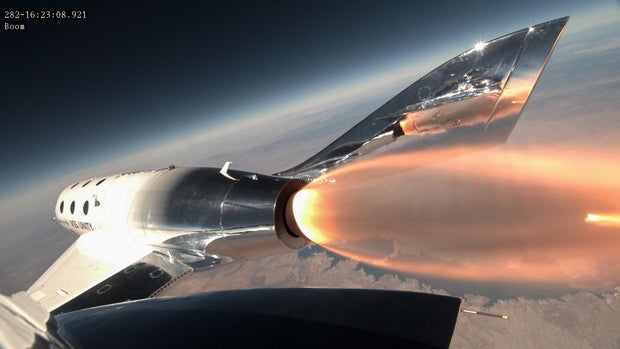
"Proud that @NicolaPecile will fly his first spaceflight with @ItalianAirForce and @CNRsocial_ crew aboard," tweeted Jameel Janjua, Eve's co-pilot for Thursday's flight.
Villadei is serving as commander of the "Virtute 1" mission aboard the spaceplane. He is in training to visit the International Space Station as part of a commercial crew to be launched by SpaceX for Houston-based Axiom Space.
Villadei, Landolfi and Carlucci will serve as both microgravity researchers and test subjects in a variety of experiments to learn more about the effects of weightlessness. It's not known what Virgin charged for their three seats, but the company advertises a cost of $450,000 per ticket.
"Virgin Galactic's research missions will usher in a new era of repeatable and reliable access to space for government and research institutions for years to come," CEO Michael Colglazier said on the company's web page.
After the ship's rocket engine cuts off, the crew will be weightless for three to four minutes as the ship climbs to a maximum altitude of just over 50 miles, the somewhat arbitrary threshold of space where aerodynamic forces no longer have any discernible effect.
In a radical departure from Blue Origin's more traditional booster-and-capsule design, Virgin opted for an air-launched spaceplane featuring wings that pivot 60 degrees upward near the top of the trajectory, helping orient and slow the ship as it re-enters the atmosphere

Invented by legendary aircraft designer Burt Rutan, the innovation is known as "feathering." As the spacecraft descends, the feathered wing-and-tail booms generate enormous drag like a badminton shuttlecock, reducing re-entry speeds and heating while acting to put the ship in the proper orientation without pilot intervention.
Once back down in the discernible atmosphere, the wings pivot back down parallel with the fuselage, the ship becomes a glider and Masucci and Pecile will guide it to touchdown at Spaceport America's 12,000-foot-long runway. From takeoff to landing takes about one hour.

By Susan Montoya Bryan | AP
June 15, 2023
ALBUQUERQUE, N.M. — Virgin Galactic announced Thursday that monthly commercial flights to the edge of space will begin for ticket-holders in August, following a research flight planned for the end of June.
The space tourism company will be taking up a team of specialists with the Italian Air Force and the National Research Centre of Italy to conduct microgravity research. The window for that research flight will begin June 27 and span the next three days, with timing depending on the weather.
After that, those who have been waiting more than a decade for their ride aboard Virgin Galactic’s rocket-powered space plane are expected to get their chance. The company said the first of those flights will begin in early August, with monthly flights following that.
“This next exciting chapter for Virgin Galactic has been driven by innovation, determination and a commitment to delivering an unparalleled and truly transformative customer experience,” CEO Michael Colglazier said in a statement.
Virgin Galactic has been working for years to send paying passengers on short space trips and in 2021 finally won the federal government’s approval. The company completed its final test fight in May.
After reaching an altitude of nearly 50,000 feet (15,000 meters), Virgin Galactic’s space plane is released from a carrier aircraft and drops for a moment before igniting its rocket motor. The plane shuts off once it reaches space, providing passengers with silence, weightlessness and an aerial view of Earth. The rocket ship then glides back to the runway at Spaceport America in the New Mexico desert.
Virgin Galactic has sold about 800 tickets over the past decade, with the initial batch going for $200,000 each. Tickets now cost $450,000 per person.
The company said early fliers have already received their seat assignments.
The highest profile test flight came in July 2021 when Virgin Galactic founder Richard Branson beat fellow billionaire and Amazon founder Jeff Bezos and rocket company Blue Origin into space. Bezos ended up flying nine days later from West Texas, and Blue Origin has since launched several passenger trips.

